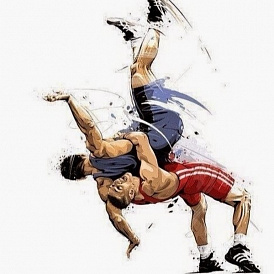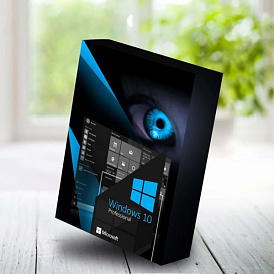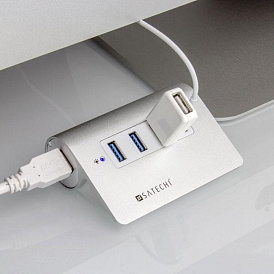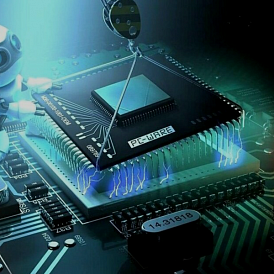Compare cable tv and digital | Important differences
With the development of technology, the number of ways to transmit a television signal only increases. Now, as of April 2019, there are five broadcasting standards in Russia - terrestrial analog, terrestrial digital, analog cable, cable digital (also known as IP TV) and satellite. And the choice of type when conducting a new television in the apartment - not an easy task.
Let's try to figure out how cable television differs from digital and what's better.
Immediately it is worth mentioning that “digital television” in this material refers to the so-called IP TV, when the television signal is broadcast by an Internet provider via an Ethernet cable. It is this standard that is now the most widespread in both large and small cities.
How cable television works
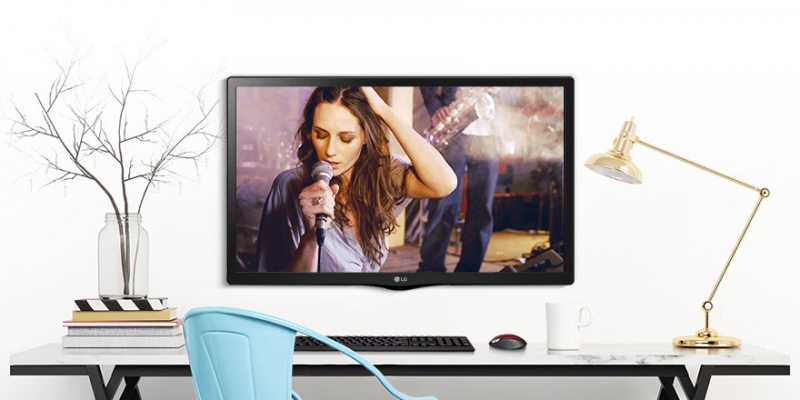
In terms of interface, cable television is no different from terrestrial. Well, except for the type of broadcast. While terrestrial TV is distributed through the “air” in the form of short and long waves, cable uses, as the name implies, cable.
Cable cable TV - the usual antenna. And for the management of subscriber equipment are responsible special distribution devices. It is thanks to him that television turns off when it is not paid, for example. Or special packages become available to the subscriber, including paid content.
Transmission via cable allows you to broadcast a more "dense" signal (wires have a greater bandwidth than the air), so that channels for such a TV more than the air. In some cases, their number may be several hundred.
Using a standard antenna cable eliminates the need for special receiving equipment. The wire is simply inserted into the TV, after which tens and hundreds of channels become available to the viewer. It is convenient and does not require additional costs for subscriber receivers.
However, cable TV has quite a few drawbacks:
-
Standard, similar to ethereal, does not allow broadcasting high resolution video. On modern TVs with a large diagonal and a matrix of HD, FHD and above, the image may look "blurry" or "pixelated", which reduces the pleasure of viewing;
-
Although subscriber equipment is not required, connecting a second TV requires pulling a thick and inflexible cable;
-
Lack of interactive from the provider leads to additional costs. For example, a child may accidentally switch to a paid channel or watch a movie on demand.
-
But the main problem is precisely that broadcasting goes in low or medium quality. And outside the window is the year 2024 (at a minimum), so that on modern television screens with a diagonal of 40 inches, the “picture” will look too unpleasant.
How digital tv works
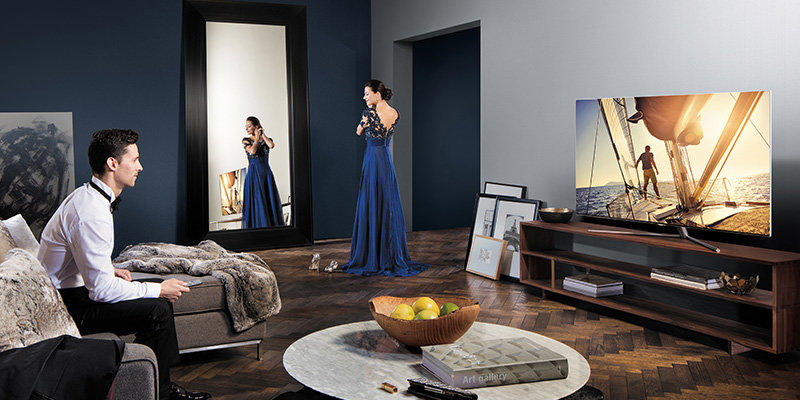
Digital television, also known as IP TV, is a more modern standard for broadcasting, which, at the same time, has a rather interesting working mechanics. It does not affect the quality of the “picture”, or the cost, or other parameters, it is just interesting.
Digital TV is provided by an Internet provider and, in fact, is a streaming of a television signal from servers of TV channels. The provider “mirrors” the video stream through its server, directing it to the local network - the one to which Internet subscribers are connected.
In order for a TV to be able to display a TV show in principle, it needs a special decoder. Most often, "receivers" are supplied by the provider, issuing users to rent. An Ethernet cable from a router is connected to these devices, and then they connect to the TV via HDMI, SCART, or a coaxial interface.
An interesting feature of digital TV is that users have to wield two remotes. Channels are switched not on the TV, but on the receiver. There you can adjust the volume and some parameters of the image.
The use of a fully digital signal — and this is transmitted over Ethernet — allows for several important advantages:
-
Ability to broadcast in HD. High resolution television channels - this is exactly what you need modern TVs. Only the HD signal is able to display correctly on large screens;
-
Interactivity. For example, you can connect and disconnect packages of channels, watch movies on demand, listen to the radio, “rewind” the missed programs and record videos for future viewing. For all this, however, most often you have to pay extra;
-
Easy scaling capability. Of course, the equipment and connection will have to be ordered from the provider, however, to connect a second, third or even some additional screen, it will be enough to forward a thin Ethernet cable.
-
In addition, providers now often offer low-cost service packages for homes that include internet, television, and a rental service. And all this - for a relatively small amount.
What is better - cable TV or digital?
It is self-evident that in modern conditions digital television is leading in all respects. He has only one drawback - the need to use subscriber equipment ("receiver"). However, this is also solved by providers who willingly provide receivers for rent, including for completely symbolic money like 1 ruble per month.
Classic cable TV is now dying out. Some providers translate it to a digital standard, although the use of coaxial antenna cables does not allow "to turn in full force." And analog remained only in several cities.
Thus, if you are faced with a choice - cable TV or digital - feel free to choose the latter. Even if you have to overpay a little, it will be compensated by better signal quality and a variety of content.





